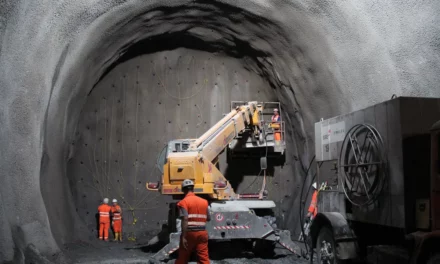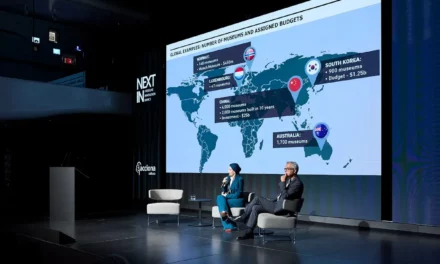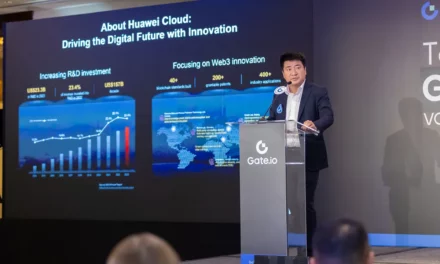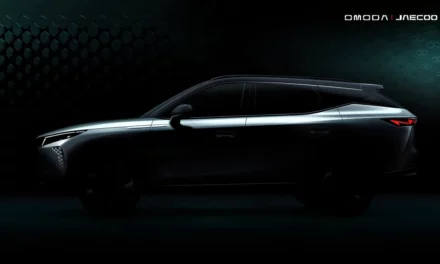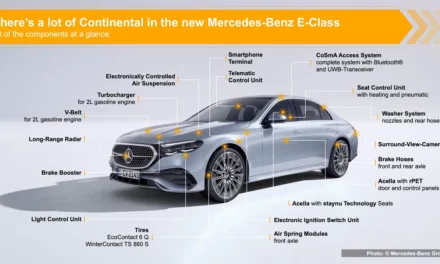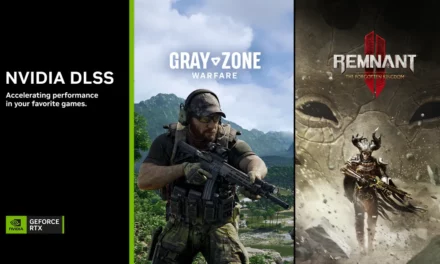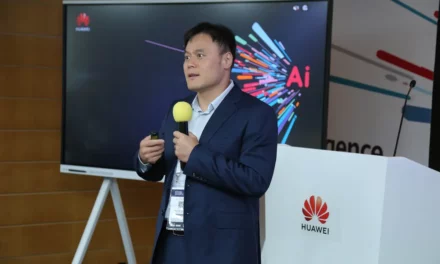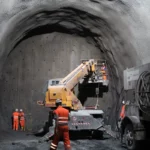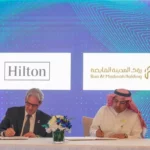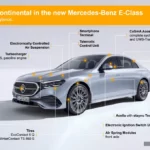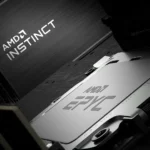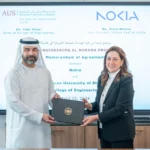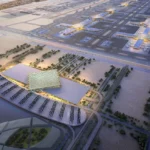
ORAN misses the mark on innovation, cost optimization

The rapid wireless technology development can be explained by the changes in using mobile devices in a short period. Less than 50 years since Martin Cooper made the first mobile telephone call, the modern smartphone is almost a thousand times faster than the mid-’80s Cray-2 Supercomputer. Moreover, it can manage hundreds of tasks with digital apps, making it part of everyone’s essential items. This fantastic progress is built on a foundation of genius technological innovation and collaboration among vendors, operators, and global standards organizations, leading up to the superfast 5G that is the foundation of the $11.5 trillion global digital economies.
However, this rapid development is threatened with disruption from a US-led campaign that has divided global consensus. Some industry players have forged a new alliance promoting Open RAN architectures in the radio access network (RAN) different from conventional Single RAN. Open RAN claims to improve market competition and bring cost-saving benefits to the operators through an alleged innovative disaggregated architecture. The approach is based on software-defined technology, with open interfaces and open software implemented on vendor-neutral hardware. However, the reality and experience of many early adopters, analysis from government bodies, and industry experts suggested its innovative and cost optimization claims are missing the mark.
Though few have heard of ORAN, various development projects have tried to commercialize the concept over the last decade, with no real success. The same problems, such as high power consumption, low integration capabilities, poor performance, and high costs experienced among the earlier adopters, persisted. In addition, this “open” method has yet to be verified in line with global network and security standards from international bodies and associations, including 3GPP, ITU, and the GSMA, putting network security at risk.
Moreover, a new report by the European Commission and the EU Agency for Cybersecurity notes that cybersecurity is a significant challenge for ORAN architectures, saying that components from different vendors increase the diversity of security levels, leading to less secure components that are easier to attack. Furthermore, the report adds that ORAN also expands the threat surface due to an increased number of suppliers, components, and interfaces.
Thierry Breton, Commissioner for the Internal Market, European Commission, said the world’s growing reliance on digital infrastructures requires the highest level of security in our communication networks. He says there are potential opportunities with ORAN, “but significant security challenges remain unaddressed and cannot be underestimated. Under no circumstances should the potential deployment in Europe’s 5G networks of ORAN lead to new vulnerabilities.”
ORAN also claims to bring tangible cost-savings benefits to the operators, as its advocates argue that using disaggregated architecture and vendor-neutral white box hardware will bring more suppliers into the competitive market and drive RAN equipment and software prices down. However, all the evidence shows that ORAN cost-saving benefits are exaggerated and can be misleading, as the deployment varies significantly in different scenarios.
The mobile infrastructure accounts for about 17% of operators’ revenue, and spending on radio access networks represents 2.8% to 3.6%. Therefore, open RAN will have little impact on a sizable chunk of CAPEX investment. On the other hand, OPEX accounts for about 70% of the relative operators’ revenue. The OPEX cost covers a range of telco-specific costs, such as passive infrastructure rent, utility, repairing, operation, and maintenance, etc., and a series of general Opex costs. With ORAN performance issues, more sites are likely needed than conventional RAN solutions. In addition, a multi-vendor environment in OpenRAN potentially could increase the operation cost. Therefore, overall Opex will increase, and even with a small % increase, this will significantly impact the operator’s profit.
Moreover, emerging evidence show ORAN costs may increase as the providers lose the scale cost dividend and technology cost dividend due to the fragmentation of base station components. Finally, ORAN is yet to support legacy technology like 2G and 3G. For operators, running ORAN requires two sets of parallel base stations, one for 2G/3G and the other 4G/5G. Running two parallel networks inevitably increases rental and energy costs.
BT’s Chief Architect Neil McRae has dismissed ORAN’s cost-saving promises. He says, “one of the big myths right now and for the foreseeable future is that ORAN will save us money. The total cost of ownership (TCO) of a network needs to be considered, not just the RAN infrastructure.”
The telecom market is already competitive, while the system that seeks to replace it will attract monopolies. The 3GPP has continued to improve its standards openness to encourage CT industry competition, and carriers have sufficient bargaining power to negotiate with vendors for better equipment prices. In the ORAN, white-box vendor equipment resembles the IT server ecosystem. On the surface, the approach will ensure the open underlying hardware ecosystem. However, with Intel’s monopolizing the complete chipsets production, one can hardly say it will encourage market competition and supplier diversification.
Even if ORAN works as advertised, the complexity of integration means limited uptake and will only account for less than 1% of the 5G mobile sites in 2025 and not more than 3% in 2030. Carlos Fernandes, VP of Group Technology Innovation, Deutsche Telekom, said the complexity of integrating ORAN architectures into 5G networks would significantly slow down its uptake. He said allowing more interfaces and solutions into the network “means that those hidden things are now exposed and need to be proven and tested. They also need to have the proper interoperability and security.”
When deciding the technology, operators in Saudi ought to make comprehensive choices based on performance, power consumption, CAPEX, and OPEX will maximize benefits. Further, the introduction of any technology needs to consider whether it can benefit operators, users, and society. Currently, ORAN offers no significant benefits for Saudi carriers or the industry that relies on ICT networks to drive social-economic growth.

